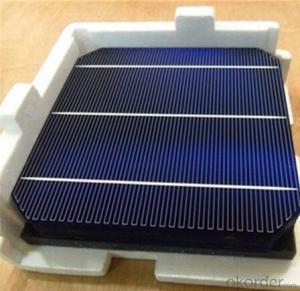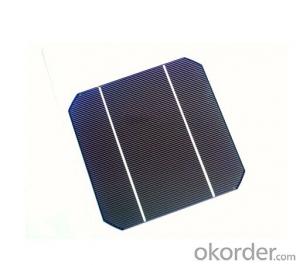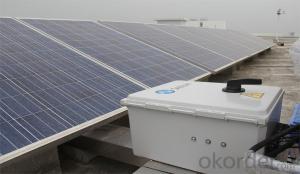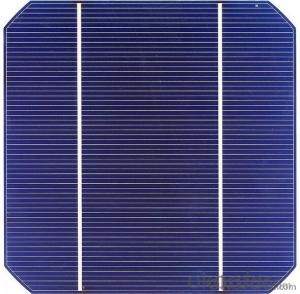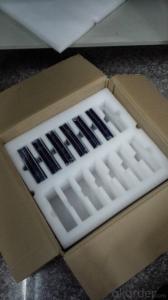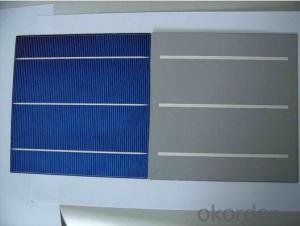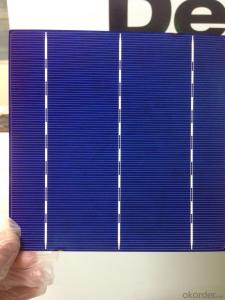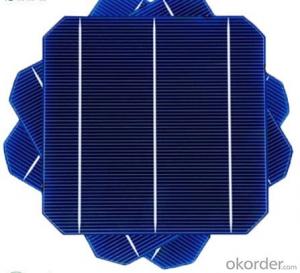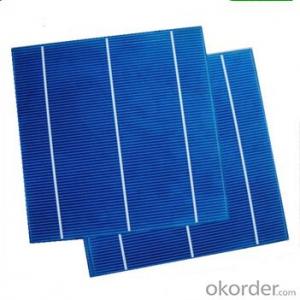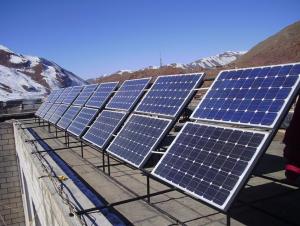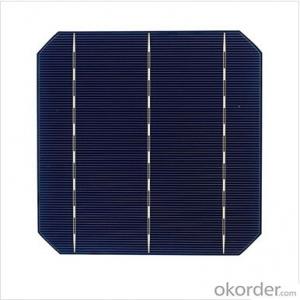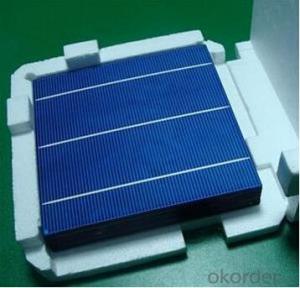Printed Solar Cells Efficiency
Printed Solar Cells Efficiency Related Searches
Raw Material For Solar Cells Roof Shingles With Solar Cells High Quality Solar Cells Light Trapping In Solar Cells High Performance Solar Cells High Output Solar Cells Best Solar Cells In The World Buy Solar Cells In Bulk Encapsulant In Solar Cells Low Light Solar CellsHot Searches
Cheap Solar Cells For Sale Flexible Solar Cells For Sale Printed Solar Cells For Sale Bulk Solar Cells For Sale 6x6 Solar Cells For Sale Broken Solar Cells For Sale Cpv Solar Cells For Sale Price Of Silicon Solar Cells Price Of Solar Cells Over Time Buy Solar Cells From China Cheap Solar Cells China Best Type Of Solar Cells Flexible Solar Cells Price 3 Types Of Solar Cells Production Of Solar Cells Common Types Of Solar Cells Q Cells Solar Panel Prices Home Depot Solar Cells N-Type Solar Cells Buy Solar Cells WholesalePrinted Solar Cells Efficiency Supplier & Manufacturer from China
Okorder.com is a professional Printed Solar Cells Efficiency supplier & manufacturer, offers integrated one-stop services including real-time quoting and online cargo tracking. We are funded by CNBM Group, a Fortune 500 enterprise and the largest Printed Solar Cells Efficiency firm in China.Hot Products
FAQ
- Commonly used materials in solar cells include silicon, which is the most widely used material in photovoltaic cells, as well as thin-film materials such as cadmium telluride (CdTe), copper indium gallium selenide (CIGS), and amorphous silicon (a-Si). Other materials like perovskite and organic materials are also being researched and developed for solar cell applications.
- The role of solar cell inverters in grid-tied systems is to convert the direct current (DC) electricity generated by the solar panels into alternating current (AC) electricity that can be used by the household or fed back into the electric grid. In addition to converting the electricity, solar cell inverters also monitor and control the flow of power, ensuring the system operates safely and efficiently.
- What should I know about the Crystalline silicon photovoltaic cells?
- In electronics, crystalline silicon is typically the monocrystalline form of silicon, and is used for producing microchips. This silicon contains much lower impurity levels than those required for solar cells. Production of semiconductor grade silicon involves a chemical purification to produce hyperpure polysilicon followed by a recrystallization process to grow monocrystalline silicon.
- The role of monitoring systems in solar cell systems is to track and analyze the performance of the solar panels, inverters, and other components. These systems provide real-time data on the energy production, efficiency, and potential issues or malfunctions. This allows for proactive maintenance, troubleshooting, and optimization of the solar cell system, ensuring maximum energy output and overall system reliability.
- Yes, solar cells can be used in parking lots. They can be installed on canopies or shade structures above parking spaces, or integrated into the ground as solar parking lot tiles. This allows parking lots to generate clean and renewable energy while providing shade for vehicles.
- Yes, solar cells do require some maintenance. While they are generally low maintenance compared to other energy systems, regular cleaning of the panels to remove dust, dirt, and debris is necessary to ensure optimal performance. Additionally, periodic inspections and maintenance checks are recommended to identify any potential issues and ensure the system is operating efficiently.










